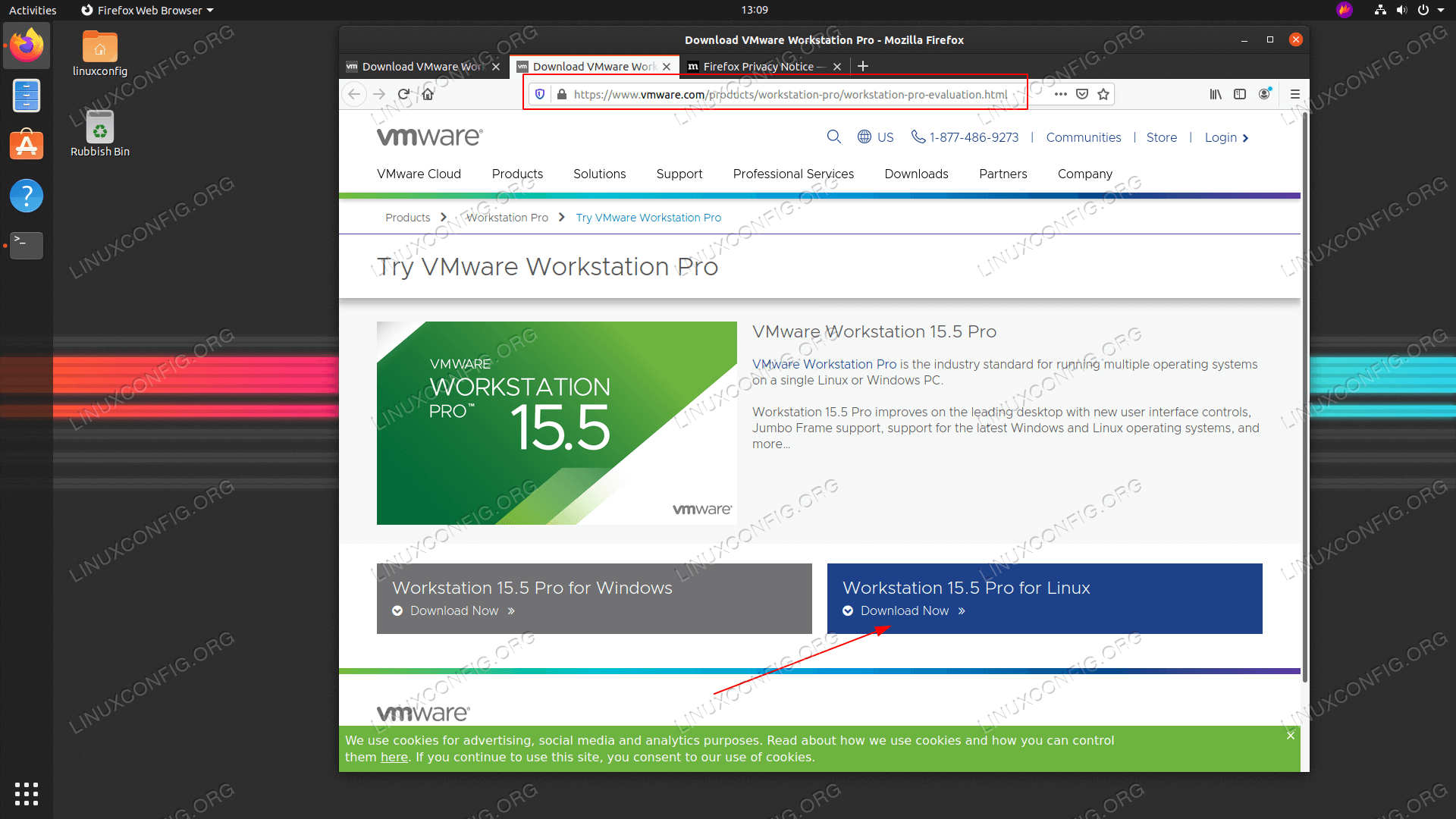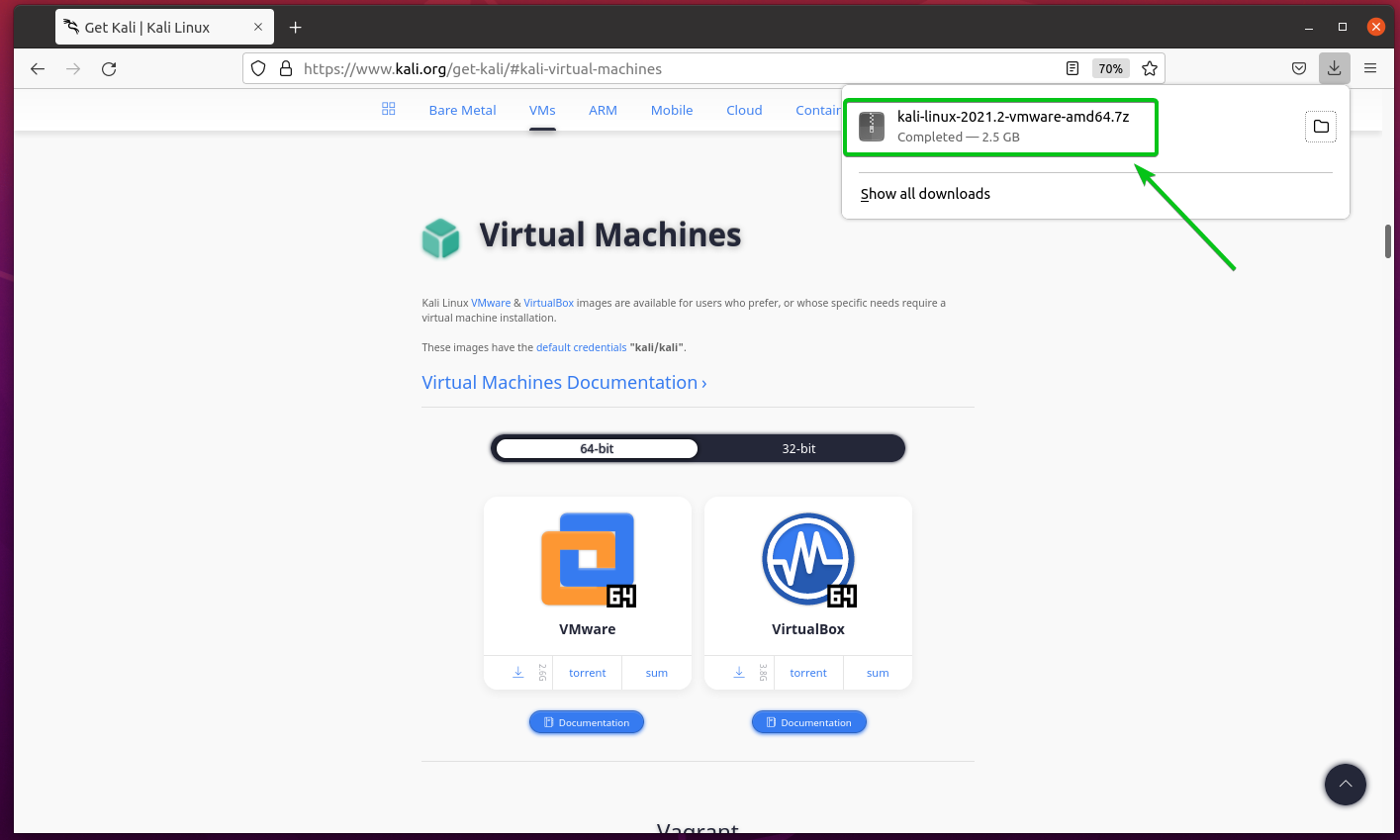
- VCENTER DOWNLOAD FOR LINUX HOW TO
- VCENTER DOWNLOAD FOR LINUX INSTALL
- VCENTER DOWNLOAD FOR LINUX PRO
- VCENTER DOWNLOAD FOR LINUX PASSWORD
VCENTER DOWNLOAD FOR LINUX PRO

For more information, see VMSA-2019-0021. The Common Vulnerabilities and Exposures project () has assigned the identifier CVE-2019-5540 to this issue. Workstation 15.5.1 Pro addresses an information disclosure vulnerability in vmnetdhcp.The Common Vulnerabilities and Exposures project () has assigned the identifier CVE-2019-5541 to this issue. Workstation 15.5.1 Pro addresses an out-of-bounds write vulnerability in the e1000e virtual network adapter.Remove the \tmp\ directory from the Linux server.Start > Administrative Tools > Services.On the vCenter Server, browse to: %ALLUSERSPROFILE%\Application Data\VMware\VMware VirtualCenter.Finally, to Cleanup the old certificates, do the following:

There should be no certificate warnings.ġ4. To verify the certificate, open a web browser and enter the URL of the vCenter Server. Open a web browser on the vCenter Server and go to: ġ3. E:\Program Files (x86)\VMware\Infrastructure\VirtualCenter Server\Inventory Service\sslġ2.%programdata%\VMware\VMware VirtualCenter\SSL.Copy rui.pfx, rui.crt, and rui.key from your workstation to the following directories on the vCenter Server. Repeat for Inventory Services Certificates: E:\Program Files (x86)\VMware\Infrastructure\VirtualCenter Server\Inventory Service\sslġ1. Create a new folder called “Backup” and move the existing rui.key, rui.pfx, and rui.crt to the Backup folder. RDP into the vCenter Server, and go to: %programdata%\VMware\VMware VirtualCenter\SSLġ0. This directory C:\temp\ should now contain 3 files: rui.key, rui.crt, and rui.pfxĩ. SCP rui.cer and rui.pfx file back to your workstation C:\temp\Ĩ. If you see certificate details, the PFX has been generated correctly.
VCENTER DOWNLOAD FOR LINUX PASSWORD
It may ask for the password more than once. Enter “testpassword” whenever it prompts for a password. Next, generate PFX using openssl command: openssl pkcs12 -export -in rui.crt -inkey rui.key -name rui -passout pass:testpassword –out rui.pfx cer to the /tmp/ directory of the server.Ħ. cer file which is generated must be uploaded back to the Linux which is used to generate the PFX file.ĥ. key to your workstation C:\temp\your-esx-hostname\Ĥ. cer file (certificate) which can be installed on vcenter. These files then can be used to generate. Use an sFTP Client (for example, winSCP) to download the directories you created to your workstation (c:\temp)ģ.

Replace ESX hostname with the vcenter hostname.Ģ. Generate the CSR and the private key using the same steps outlined above using the Linux server. Check the “valid from” date to ensure everything correct date. Click the “Lock” icon and select “view certificate”. You should not see any certificate errors. Exit maintenance mode.įinally, verify your certificate: Connect to the host with a web browser. Remove the \tmp\ directory from the linux server. Cleanup: Remove the backup from C:\temp on your workstation. Or, you can just reboot the host to reload the certificate.ĥ. Login to DCUI Select Troubleshooting Options -> Select Restart Management Agents. Perl –server -put C:\temp\your-esx-hostname\rui.key /host/ssl_keyĤ. Start > All Programs > VMware > VMware vSphere CLI > Command Prompt, and execute the following: perl –server -put C:\temp\your-esx-hostname\.cer /host/ssl_cert
VCENTER DOWNLOAD FOR LINUX INSTALL
key to your workstation C:\temp\your-esx-hostname\ Install Certificates on ESXiģ. cer file (certificate) which can be installed on ESXi.

Use an sFTP Client (for example, winSCP) to download the directories you created to your workstation (c:\temp).
VCENTER DOWNLOAD FOR LINUX HOW TO


 0 kommentar(er)
0 kommentar(er)
